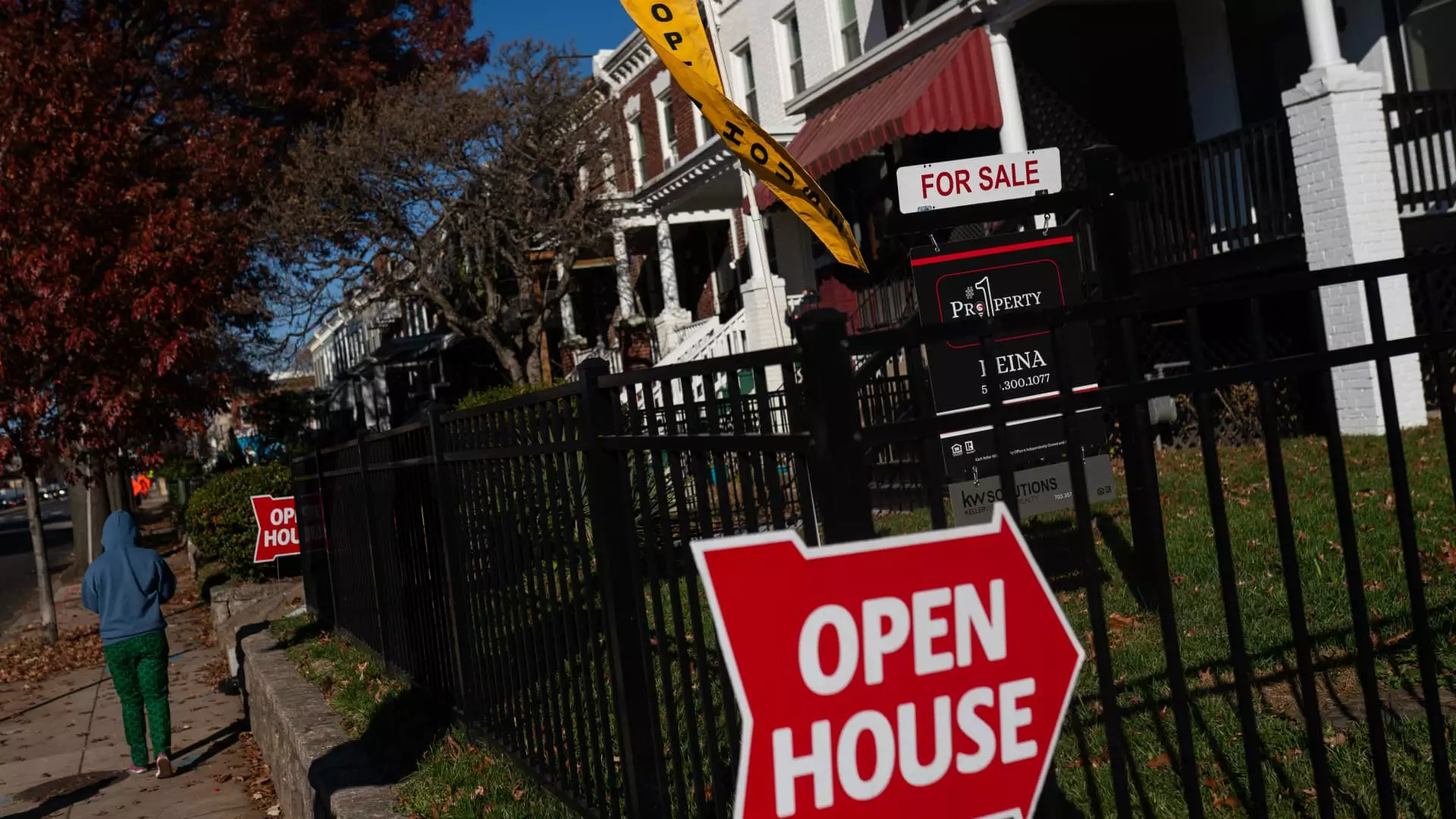When we delve into the life of Maryland Governor Wes Moore, a poignant narrative emerges about the pursuit of stability and ownership. At just 8 years old, his mother contemplated military school as a remedy for behavioral issues, but it wasn’t until he was 13 that reality beckoned. His five failed attempts to escape in those initial days were less about rebellion and more a testament to the turbulence of his youth. Yet, that experience became a catalyst for transformation, setting the stage for Moore’s understanding of the fragile foundations upon which financial security rests.
Moore poignantly connects his personal journey to a broader narrative surrounding housing security and economic stability. Thanks to his grandparents, who leveraged their hard-earned American dream to finance his tuition, his story reveals the sacrifices often embedded in the quest for a better life. This theme of generational sacrifice is not just a personal anecdote; it underscores a pressing societal concern—homeownership is not merely an economic marker; it’s a cornerstone of enduring familial legacy.
The Homeownership Crisis Unmasked
As he articulated during a conference, housing is dual-purpose—it is both shelter and an investment. However, for many, the American dream of homeownership feels increasingly unattainable. Moore’s observation that nearly 30% of young Maryland residents are contemplating leaving the state due to exorbitant housing costs resonates deeply. This sentiment is not an isolated one; it reverberates across the nation, where affordability remains a dark cloud hanging over the aspirations of countless hopeful homeowners.
Reports from the Joint Center for Housing Studies at Harvard paint a grim picture. The number of cost-burdened renters—those who allocate more than 30% of their income toward housing—has skyrocketed, leaving millions feeling like unwilling captives in a rent cycle that binds them to perpetual instability. Conversely, prospective buyers stare in disbelief at the spiraling home prices coupled with high interest rates, as their dreams of purchasing a home feel continuously out of reach.
Generational Inequity in Homeownership
A comparison of today’s 35- to 44-year-olds with their counterparts from 1980 reveals a stark reality: the decline in homeownership is not merely anecdotal; it’s a systemic issue. They are suddenly less likely to secure a home, with the homeownership rate dropping by over 10% amidst soaring prices and stagnant wages. This demographic shift presents a dire warning—our economy is constructing barriers, rendering the foundational goal of homeownership an elusive mirage for many young adults.
Perhaps the most shocking revelation is that this inequity in homeownership disproportionately impacts lower-income individuals. The Urban Institute sheds light on the troubling correlations between marital status and homeownership, revealing that married couples are significantly more likely to own homes compared to their single or divorced counterparts. Such patterns reinforce a cycle of wealth inequity that young people from lower-income brackets grapple with daily.
Education, too, plays a crucial role in these dynamics. As the research indicates, fewer households in the lowest income brackets are attaining degrees, which further narrows pathways to financial stability. The implications are profound—without access to education, the notion of homeownership morphs into a distant fantasy rather than a tangible opportunity.
The Racial Disparities in Homeownership
The racial divide in homeownership rates intensifies the narrative of systemic injustice within the housing market. Recent data reveals that the Black homeownership rate is still significantly lagging at 44.7%, far below the white homeownership rate of 72.4%. This disparity is emblematic of longstanding inequities and highlights how structural barriers have made homeownership a harder pursuit for marginalized communities.
While recent years have shown growth in Black homeownership due to strong wage increases and the ascension of younger generations into prime home-buying age, the figures remain disheartening. The reality that most Black families continue to rent rather than own their homes crystallizes the challenges they face in accumulating wealth. It reinforces a narrative where homeownership—commonly viewed as a vehicle to financial growth—exists as a privilege for some while remaining a distant promise for many.
Potential Pathways to Change
Around this tumultuous backdrop, there exist glimmers of hope in policy reform. Advocating for change is crucial, and as articulated by the Urban Institute, potential pathways include expanding educational opportunities, offering assistance for down payments, and decreasing regulatory barriers to housing production.
America finds itself at a crossroads, grappling with the implications of failing to address the systemic inequities embedded within the housing market. As we reflect on Governor Moore’s intentions to revitalize the notion of ownership and security, one fundamental question arises: will we unite to dismantle these barriers that perpetuate inequity, or will we continue to allow homeownership to drift further from the grasp of many?

